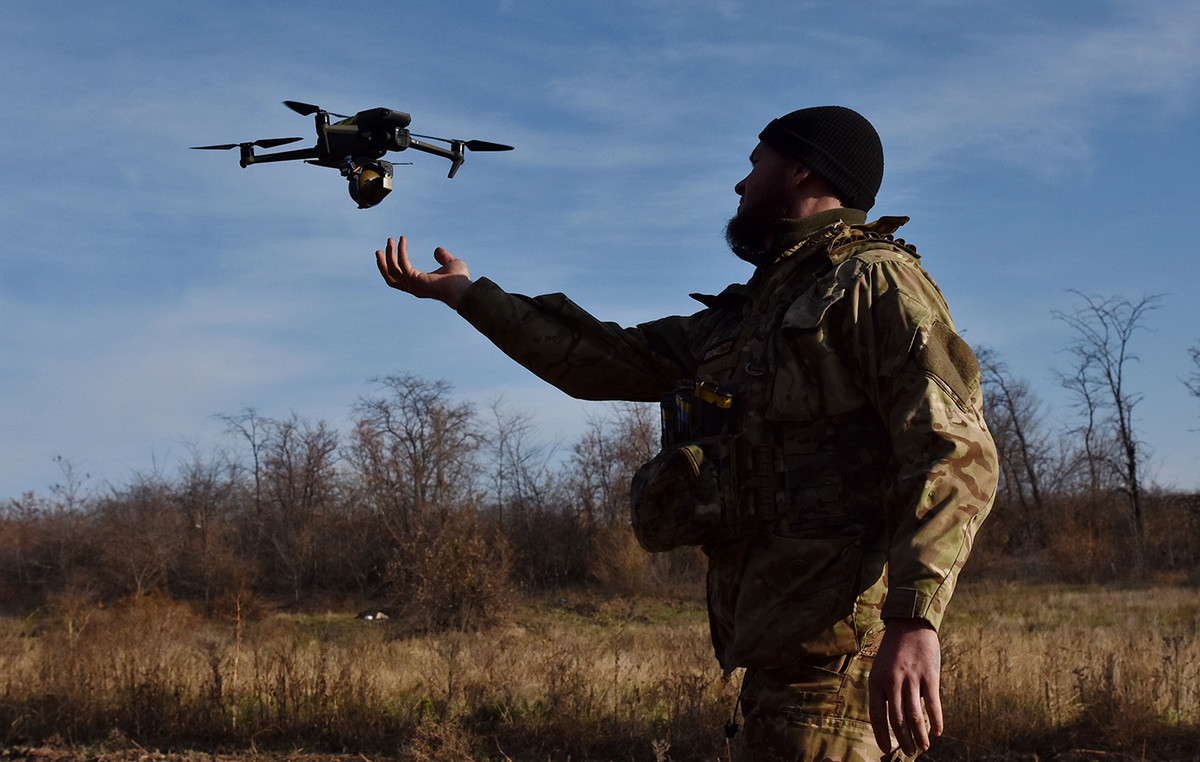Study conducted at the State University of Campinas (Unicamp) investigated the process of chronification of muscle pain – that is, when it goes from acute to chronic – and identified one of the mechanisms by which physical exercise prevents this transition, protecting the body from inflammation and persistent pain. The results were released in the magazine PLOS ONE.
The purpose of work It was to detail the participation of macrophages in this process. This is because data from the scientific literature already indicated that these defense cells have a key paper at the beginning of the acute phase of inflammatory muscle pain and in the transition to chronic pain.
Through mice experiments, the researchers found that a receptor present in the defense cell membrane (called P2x4) is one of those responsible for triggering chronicity of muscle inflammatory pain. Another important discovery is that, through exercise, it is possible to activate a common signal to P2x4, making the anti-inflammatory macrophage and thus preventing the chronification of muscle pain.
“We observed, in mice, that activation of the P2x4 signaling pathway in the macrophage is prevented by physical exercise, avoiding the process of transition from acute to chronic pain. Thus, we managed to describe one of the mechanisms by which physical exercise can prevent muscle pain,” says Maria Claudia Gonçalves de Oliveira, coordinator of the LaBedi and LaBedi Study Laboratory (Labedi) of the article.
According to Oliveira, the findings open the way for the development of drugs or new protocols to combat muscle pain.
“Countries like United States and Canada live an epidemic of opioid consumption and there is an effort to reduce the use of these drugs in the treatment of chronic pain. Thus, understanding how physical exercise acts to prevent chronification, it is possible to identify alternatives for new medicines that act in physical exercise, more specifically and safely for muscle pain,” says the researcher.
Experiments
At work, mice performed periodized progressive intensity swimming, five days a week for four weeks.
After this period, the researchers simulated in animals an inflammatory muscle injury, which results in intense pain. “As the inflammation generated by the stimulus was not treated, the expected was to generate a series of changes in muscle tissue, resulting in increased predisposition to chronification. However, this was not observed in animals that practiced exercise previously to inflammatory stimulation,” says Oliveira.
Through pharmacological and biomolecular analyzes, the researchers identified that exercise inhibited a common signage to P2x4 receptors in macrophages, thanks to the activation of ppar-gamma receptors, already associated with the prevention of physical pain by physical studies in previous studies.
“We suggest that P2x4 signaling activation [mediada por uma proteína conhecida como p38 MAPK] generates activation of macrophages and increased inflammatory cytokines. And we observe that the exercise, through PPAR-Gamma, modulates the activation of the P38 Mapk. However, we still do not know if this process occurs by direct inhibition of P2x4 receptors, by control of P38 phosphorylation [processo bioquímico que adiciona grupos fosfato à proteína, regulando a sua função] or by increased anti-inflammatory profile of macrophages, ”he says.
The researcher also points out that the roads appear to converge in the regulation of inflammatory muscle hyperalgesia, providing a structure to understand the molecular and cellular base of the progression of muscle pain under inflammatory conditions. “The acute phase of inflammation, characterized by p38 Mapk phosphorylation and macrophage polarization for a proinflammatory phenotype, represents a critical period for intervention. Therefore, exploiting the ideal period for intervention with P2x4 antagonists [moléculas que inibem a função receptor] or ppar-gamma agonists [moléculas que ativam o receptor] It can optimize therapeutic efficacy, ”the authors say.
The investigation was supported by FAPESP through two projects: “Chronic pain and its prevention by physical exercise”And“Inflammatory mechanisms underlying the chronicity of muscle pain and its prevention by exercise“.
The article Macrophage-P2x4 Receptors Pathway is Essential to Persistent Inflammatory Muscle Hyperalgesia Onset, and is prevented by Physical Exercise can be read in Journal Plos One.
Doing exercise at night gets in the way of sleep? Study suggests that
This content was originally published in exercise help to prevent acute muscle pain from becoming chronic on the CNN Brazil website.
Source: CNN Brasil
I am an experienced journalist and writer with a career in the news industry. My focus is on covering Top News stories for World Stock Market, where I provide comprehensive analysis and commentary on markets around the world. I have expertise in writing both long-form articles and shorter pieces that deliver timely, relevant updates to readers.







